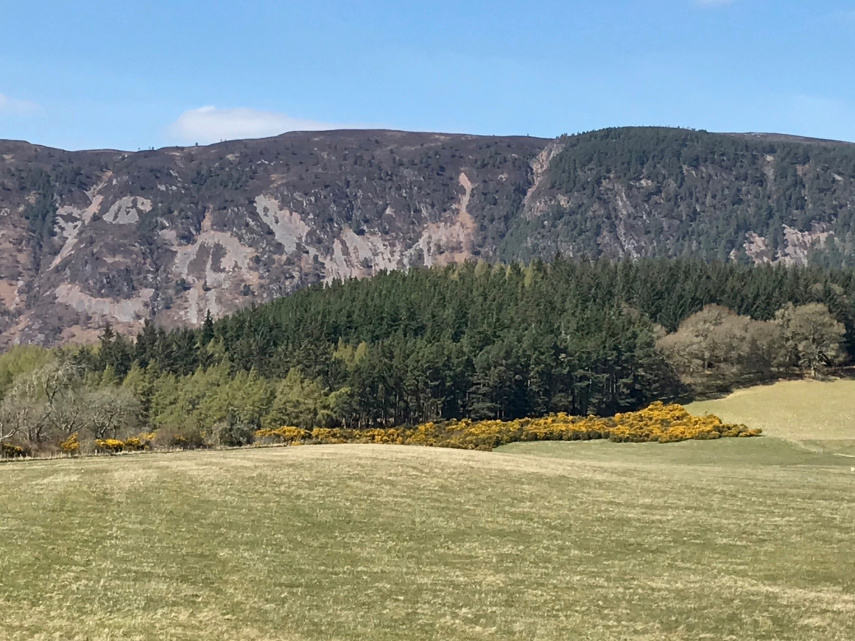
Natural Capital and Land
Andrew Thin
In this blog, Scottish Land Commission Chair, Andrew Thin, looks at the impact of natural capital on Scotland’s land market and how they can be shaped for short term and long term benefit.
We live in a period of rapid change for Scotland’s rural land. Change in how land rights are owned, how they are used, and how the benefits derived from our land are shared more fairly among Scotland’s people. The Scottish Land Commission has been at the forefront of driving and shaping change since our establishment five years ago, and the pace continues to accelerate.
The drive to a net zero economy will bring huge land use change across the globe. In Scotland this has already started, but the speed and scale of change are making some people uneasy. Change brings with it both risks and opportunities, and there are important questions that society must answer about who makes decisions, who benefits and how. Our latest Land Focus briefing on natural capital and land, published today, sets out the key risks and opportunities as we currently see them.
New value in Scotland’s land associated with carbon and natural capital is not only attracting new buyers to the land market. It is also fast becoming a significant influence on the decisions of existing land owners and managers. It is important that we understand the varied motivations behind the ‘green laird’ headlines, but nobody should be in any doubt that Scotland’s Land Rights and Responsibilities Statement (LRRS) still applies to all owners of land rights whoever they may be.
The idea that with land rights go responsibilities is neither novel nor contentious. It is as old as time itself. The LRRS, as a contemporary elaboration of that concept, gives us a framework to help Scotland drive change in a fair way that supports Scottish Ministers’ commitment to a just transition. The recently published National Strategy for Economic Transformation sets out the Scottish Government’s commitment to developing a natural capital market that is ‘high integrity and values-led’, emphasising the need for responsible investment which delivers community benefit.
This rapid pace of change is both a threat and an opportunity. Regulatory structures will struggle to keep up – new laws cannot be enacted overnight. Yet if Scotland can move fast we can put ourselves at the forefront of these changes and reap significant benefits. We have remarkable reserves of natural capital and carbon sequestration capacity in our land. At the Scottish Land Commission we are working to understand the implications for the land market and advise on how the Scottish Government and others should best respond.
Next month we will be publishing an initial analysis of the rural land market to provide better evidence on what is happening in terms of the number, type and value of transactions, and the influence of carbon and natural capital in the market. We are also thinking hard about ways to ensure that local communities can benefit from this new value and investment in Scotland’s land.
All of this will require innovative and visionary long term policy development if we are to realise a just transition over the next two decades. Our briefing paper sets out some of the key issues that need to be considered as well as the opportunities that we think will be available. Our work will continue to help shape frameworks for the natural capital and land market that will allow Scotland to attract responsible investment and ensure the long term benefits are fairly shared by us all.
But there is also much else that can be done now by all parties involved in Scotland’s land market to embed fair and responsible approaches. Time to think big, think collaborative and think the unthinkable. We are all in this together.
